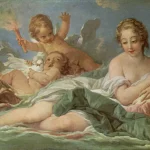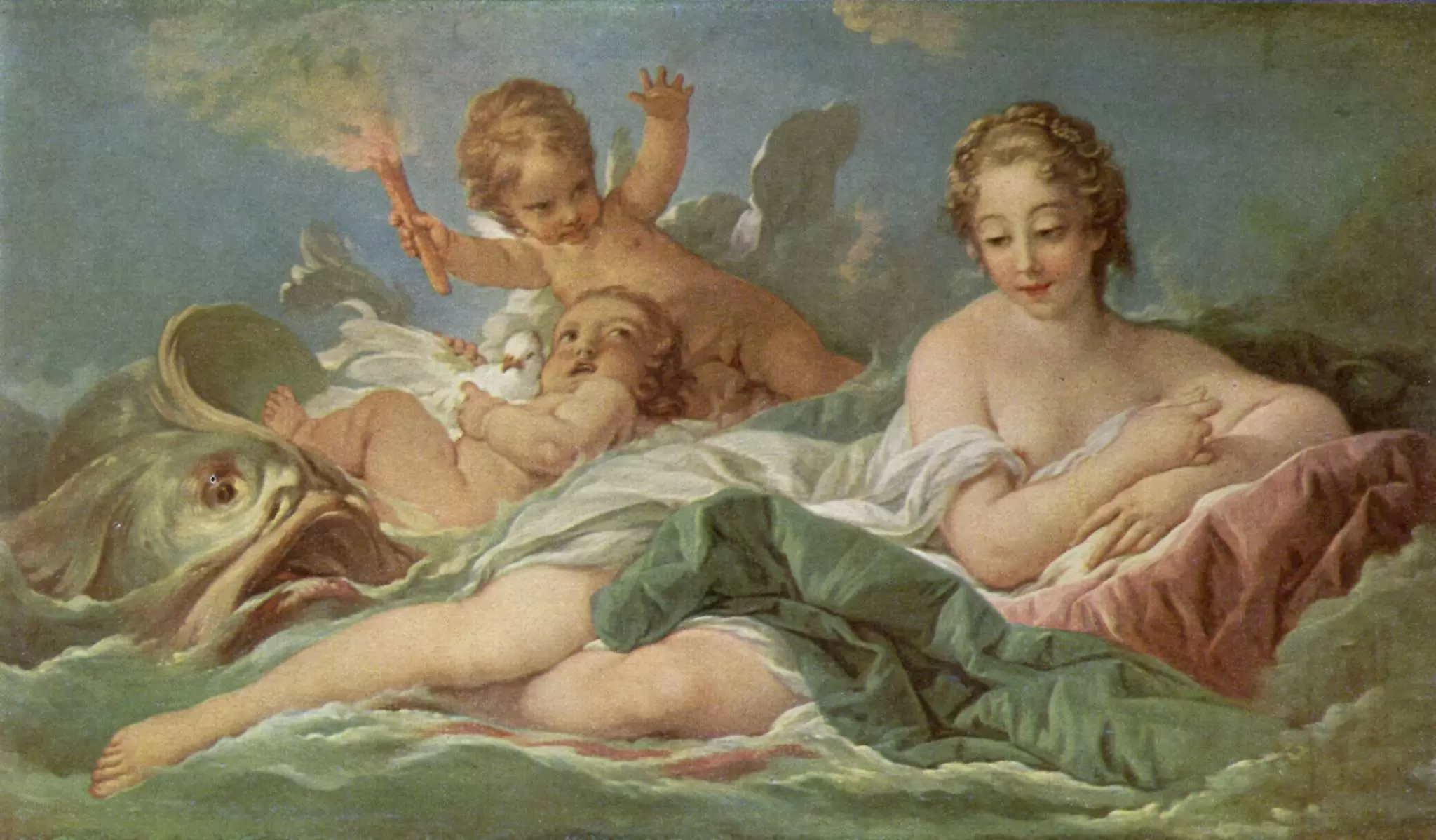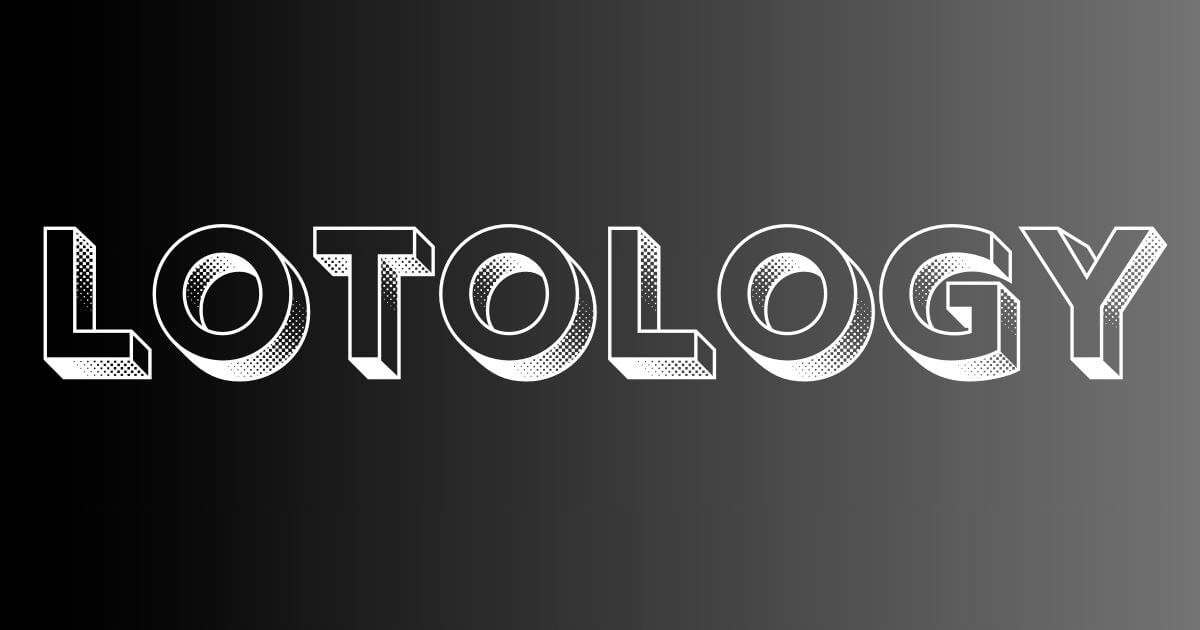There are few subjects in the art world that are as universally fascinating, deeply personal, and widely misunderstood as erotic art. The term itself can conjure a whole spectrum of images, from the sublime beauty of a classical sculpture to the whispered secrets of a hidden painting. It’s a topic that often lives in the shadows, sometimes censored, frequently debated, yet always present, a constant thread woven through the entire tapestry of human history.
But what is erotic art, really? Where is the line between art and obscenity? And why have we, as a species, been so compelled to create and consume images of intimacy and desire for millennia?
Here at Nisked.com, we believe that understanding the world means exploring even its most complex and intimate corners. This in-depth guide will take you on a journey into the heart of erotic art. We will move beyond the taboos to uncover its rich history, its profound cultural significance, and its enduring power to challenge, inspire, and reflect our deepest selves.
Defining the Indefinable: What Truly Makes Art “Erotic”?
At its core, erotic art is any artistic work that has a sexual or erotic theme, intended to evoke feelings of desire, sensuality, or romantic intimacy. However, this definition is just the starting point. Unlike pornography, which is typically designed for the sole purpose of direct sexual arousal, erotic art operates on a much deeper level.
Think of it as the difference between a whisper and a shout. Erotic art is often about suggestion, emotion, and the psychological tension of a moment. It engages not just our libido, but our intellect and our emotions.
Key characteristics often include:
- Celebration of the Human Form: A focus on the beauty, vulnerability, and power of the body.
- Emotional Connection: It often depicts intimacy, tenderness, or the psychological dynamics between figures.
- The Power of Suggestion: What is not shown can be just as powerful as what is. It leaves room for the viewer’s imagination.
- Artistic Intent: The primary goal is artistic expression, using sensuality as a medium to explore broader themes like love, power, life, and mortality.
The Fine Line: Erotic Art vs. Pornography
This is the most crucial distinction to make. While the line can sometimes feel blurry and is often subjective, the intent is the key differentiator.
| Erotic Art | Pornography |
| Focus on Artistry & Emotion: Emphasizes composition, light, form, and emotional narrative. | Focus on Explicit Act: Prioritizes the depiction of sexual acts for arousal. |
| Invites Interpretation: Asks the viewer to think and feel. | Provides a Conclusion: Leaves little to the imagination. |
| Contextual: Has a place in galleries, museums, and art history. | Functional: Primarily serves the purpose of sexual stimulation. |
| Explores Desire: Is about sexuality and desire. | Is Sexually Explicit: Is a direct depiction of sex. |
Ultimately, erotic art asks for your engagement, while pornography demands a reaction.
Alt-text: The famous painting ‘The Kiss’ by Gustav Klimt, a prime example of romantic and sensual erotic art that focuses on intimacy and emotion.
A Timeless Impulse: The History of Erotic Art
The drive to create erotic art is not a modern invention; it’s as old as humanity itself. From the earliest cave paintings to the digital canvases of today, we have always been fascinated by our own sexuality.
From Ancient Caves to Roman Villas
Some of the earliest known art, like the 25,000-year-old Venus of Willendorf figurine with its exaggerated breasts and hips, is believed to be a symbol of fertility and sexuality. The ancient world was far less prudish than we might imagine. The Greeks celebrated the human form in their sculptures, and the private homes in Roman Pompeii were famously decorated with explicit frescoes depicting all manner of sexual acts, seen as symbols of luck and prosperity.
The Hidden World of the Renaissance and Beyond
With the rise of conservative religious values in the Middle Ages, erotic art went underground. It became the domain of private commissions for wealthy, powerful patrons. Artists like Titian and Correggio created masterpieces based on mythological scenes (like Leda and the Swan) that provided a respectable excuse to paint stunning, sensual nudes. This tradition of using mythology as a veil for eroticism continued for centuries.
The Japanese Shunga: A Masterclass in Intimacy
In Japan, during the Edo period (1603-1868), a unique genre of erotic art called Shunga (literally “pictures of spring”) flourished. These woodblock prints were often incredibly detailed and artistic, depicting scenes of lovemaking with a frankness and joy that was unparalleled. They were not seen as shameful but were enjoyed by men and women of all social classes as a celebration of life and pleasure.
Alt-text: A classic Japanese Shunga woodblock print showing an intimate scene, an important form of historical erotic art.
The Modern Revolution: From Picasso to the Present
The 20th century blew the doors wide open. Artists like Egon Schiele and Gustav Klimt in Vienna explored sexuality with a raw, psychological intensity. Surrealists like Dalí and Magritte used dreamlike imagery to probe the subconscious mind’s desires. Later, photographers like Robert Mapplethorpe directly challenged societal norms, forcing the art world to confront its definitions and its limits.
Today, contemporary erotic art is more diverse than ever, used by artists of all genders and sexualities to explore identity, challenge taboos, and celebrate the endless diversity of human desire.
Why Erotic Art Matters Today
In a world saturated with explicit imagery, one might wonder if erotic art still has a place. The answer is a resounding yes. It matters now more than ever.
- It Challenges Taboos: Erotic art forces us to have conversations about what we deem acceptable, beautiful, and human. It pushes against censorship and encourages open dialogue about sexuality.
- It Promotes Body Positivity: By celebrating the human form in all its shapes, sizes, and colors, erotic art can be a powerful antidote to the narrow, commercialized beauty standards we see every day.
- It’s a Space for Exploration: For both the artist and the viewer, it’s a safe and creative space to explore themes of identity, orientation, and intimacy that are fundamental to the human experience.
Frequently Asked Questions (FAQ) About Erotic Art
Navigating this topic can bring up a lot of questions. Here are answers to some of the most common ones.
What is the difference between erotic art and a nude?
A nude is simply a depiction of the unclothed human body. While many nudes can be erotic, not all of them are. For example, an anatomical drawing of the human body is a nude, but it isn’t erotic. Eroticism comes from the context, the pose, the gaze, and the artist’s intent to create a sense of sensuality or desire.
Is it legal to buy and sell erotic art?
Yes, in most countries, it is perfectly legal to create, buy, and sell erotic art. The legal issues arise when the work is deemed “obscene” by a country’s specific legal standards, a definition that can vary widely and is often debated. Artworks with historical and artistic merit are almost always protected under freedom of expression.
Who are some famous female erotic artists?
Historically, the genre was dominated by male artists painting female subjects. However, many female artists have created powerful erotic work, often reclaiming the narrative. Georgia O’Keeffe‘s famous floral paintings are widely interpreted as being sensual and yonic. Leonor Fini was a surrealist painter who explored female desire, and contemporary artists like Tracey Emin and Ghislaine Howard place female sexuality and vulnerability at the center of their work.
Why is some erotic art so controversial?
Controversy often arises when erotic art pushes societal boundaries. This can be because it depicts acts or identities that a particular culture finds taboo, because it challenges religious or moral conventions, or simply because it forces people to confront something—sexuality—that many prefer to keep private. Artists like Robert Mapplethorpe became controversial for exactly these reasons.
A Reflection of Our Truest Selves
Erotic art is so much more than just “sexy pictures.” It is a time capsule of our desires, a mirror reflecting our changing attitudes towards sex and love, and a testament to the enduring human need for intimacy and connection. It’s a genre that demands our attention, challenges our preconceptions, and ultimately, enriches our understanding of what it means to be human.
Here at Nisked.com, we encourage you to look at art with open eyes and an open mind. The next time you see a piece that makes you blush, lean in closer. It might just have something profound to say.











